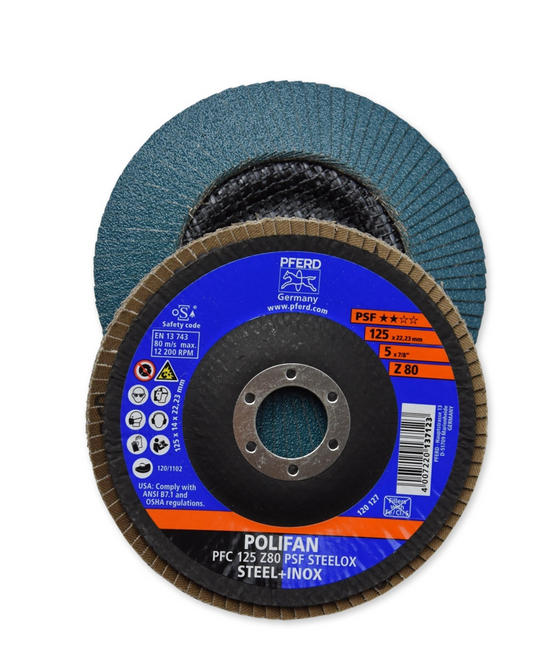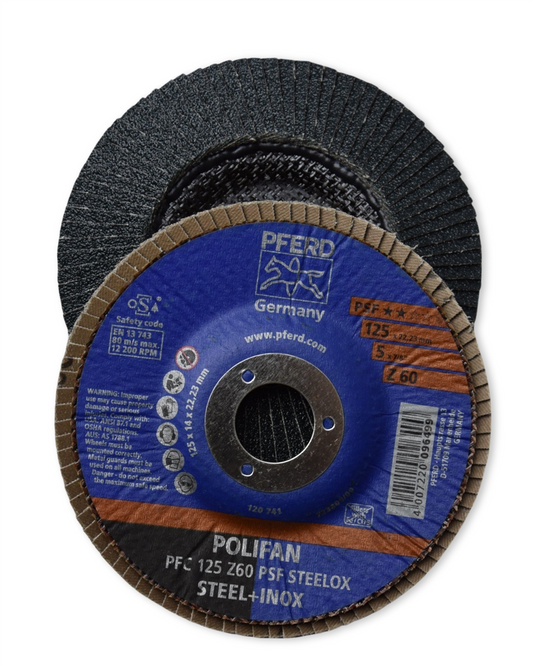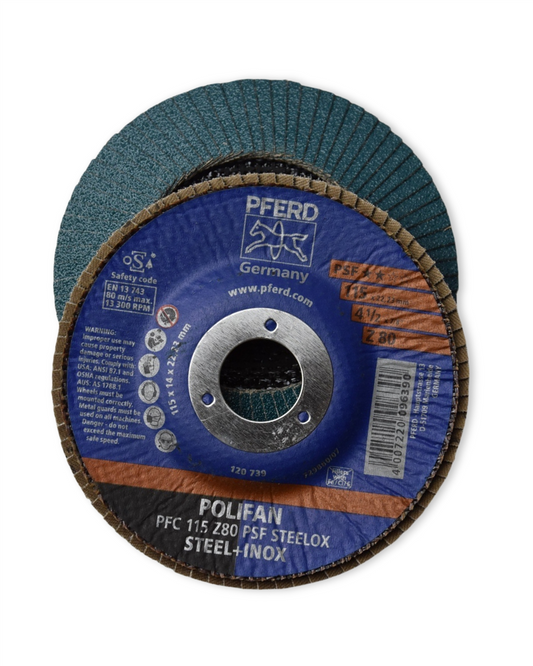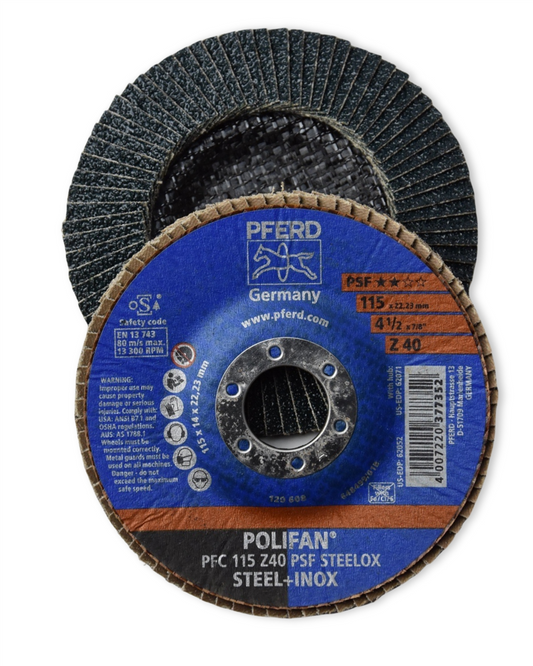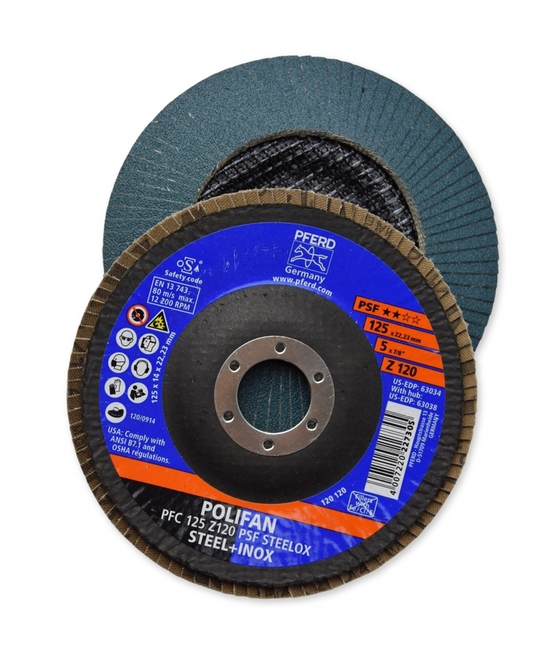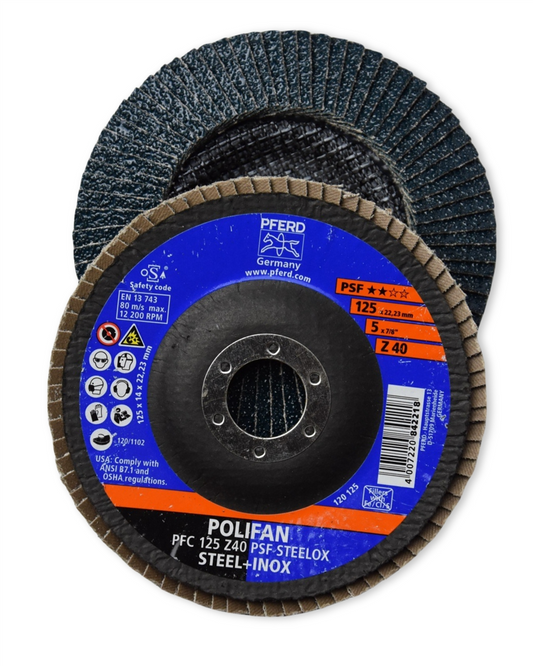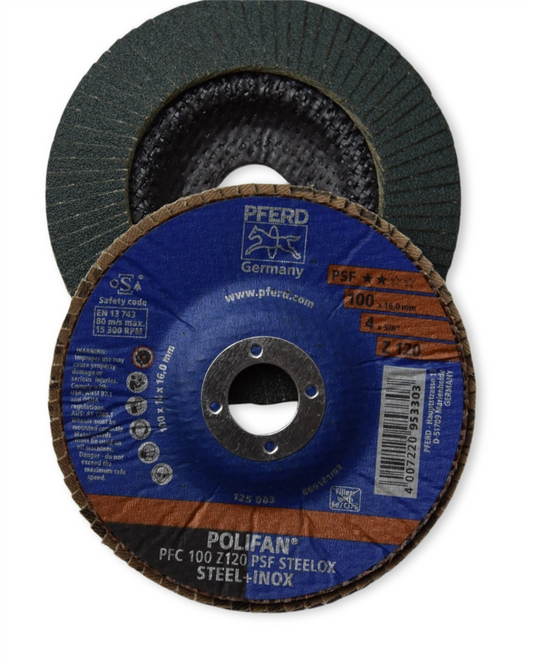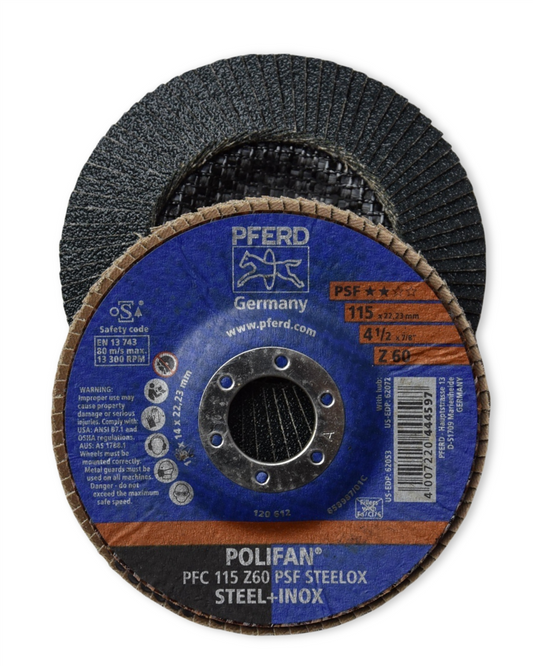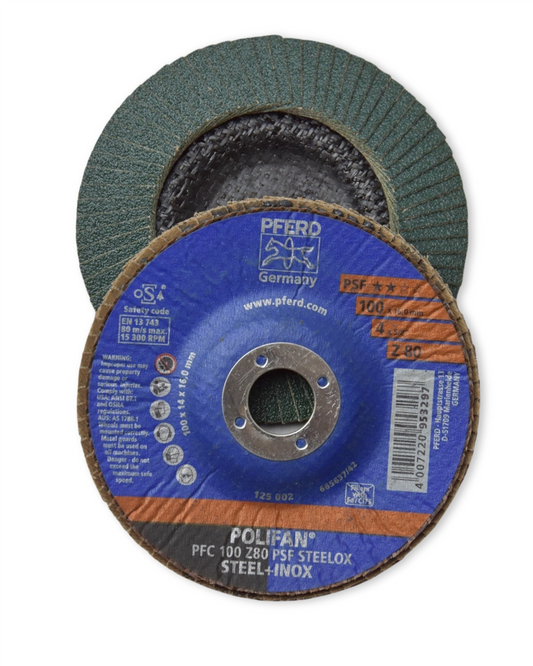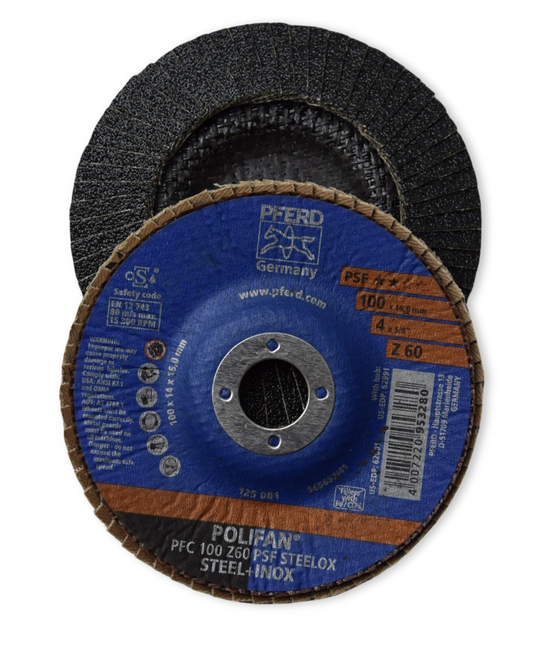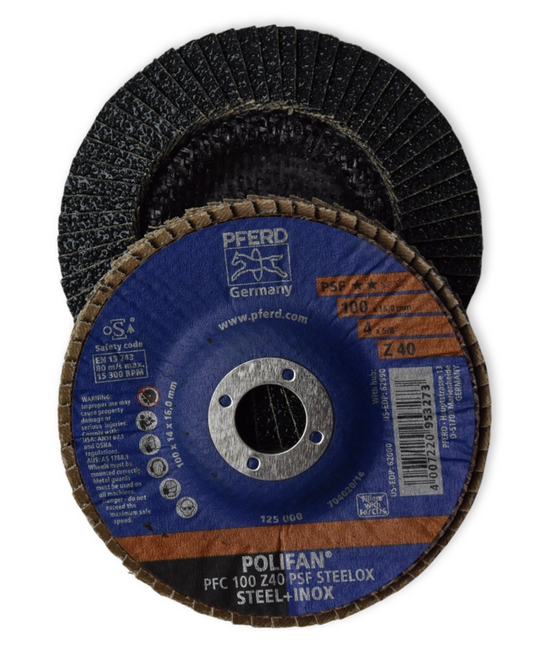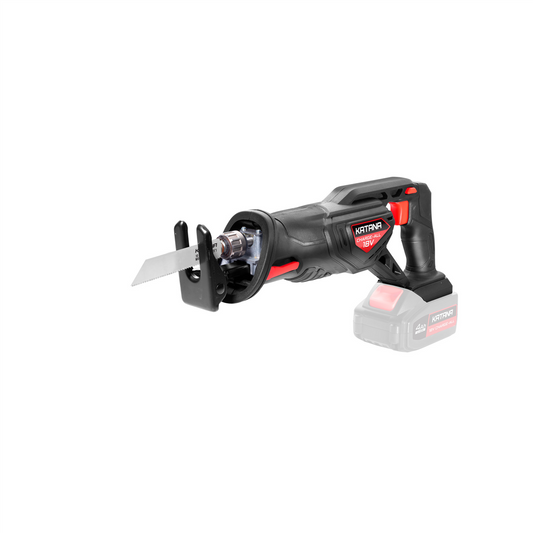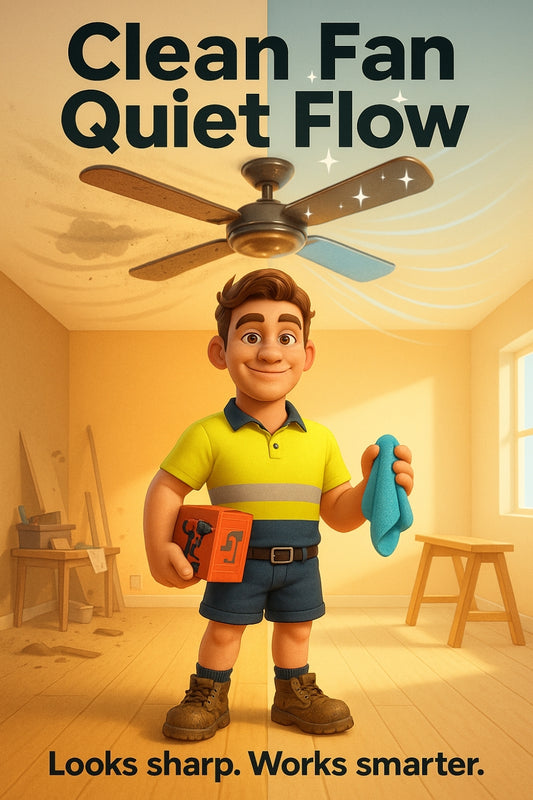Self-tapping screws can save your weekend — if you know when and how to use them.
Share
Strong Hold, Smooth Finish: What Self-Tapping Screws Are Really Designed For
There’s something deeply satisfying about a solid, squeak-free fix. Whether it’s rebuilding a chicken coop after a storm, making garden beds that’ll last beyond this season, or fastening recycled timber to metal – it’s not just about holding things together, but doing it once and doing it right. That’s where self-tapping screws earn their keep.
What Are Self-Tapping Screws, Exactly?
Let’s not overcomplicate, here’s the simple version: self-tapping screws are clever little fasteners that cut their own thread as they go. While regular screws rely on pre-threading (done by drilling or tapping), self-tappers do two jobs in one — saving time, tools, and often, frustration.
They’re built with a sharp, often pointed tip and hard threads, designed to dig into materials like timber, plastic, and especially metal. It’s this sharp threading that eliminates the need for a tap or bolt thread first - hence the name ‘self-tapping’.
But Wait, Aren’t There Different Types?
There are, and it’s worth knowing the differences:
- Self-Tapping Screws: Create threads but often need a pilot hole in tougher materials
- Self-Drilling Screws (aka Tek screws): Have a drill-bit like point – no pilot hole needed
- Thread-Cutting Screws: Designed for tougher jobs where clean thread cutting is essential
In all honesty, on the workshop bench or paddock gate, these differences can muddle fast – use what suits the strength of your materials and the job’s need for bite.
When Should You Actually Use Them?
If you’ve ever tried stringing chicken wire to steel posts or fixing corrugated metal sheets in a howling breeze, you’ll know – pre-drilling can feel like a luxury no one has time for.
Here are the perfect moments to reach for self-tappers:
- Fixing Metal to Metal: Think shed frames, fencing repairs, or even light ute tray mods
-
Timber to Metal Joins: Raised garden beds with salvaged sleepers screwed onto steel
- Mounting Brackets to Walls: Especially where there's steel framing underneath
- Quick Fixes Outdoors: Where time, weather, or roaming kids don’t wait for pilot holes
"Convenience is great, but only when it’s backed by reliability. Self-tappers give you both — just don’t skimp on the drill torque."
— Candeece H, DIY Content Educator
Real World Fix: The Case of the Leaning Gate
A local couple came in one Saturday morning, two grumbly kids in tow and one rusty hinge bolt in hand. Their side gate had been slowly leaning into the veggie patch for months, but the original fixings never held in the old metal post. We set them up with a handful of self-drilling screws, showed them how to angle for bite, and by that afternoon, that gate clicked shut like it was brand new.
No bending, no rattling, no swearing under breath mid-job. Just that small victory every DIYer quietly celebrates.
Helpful Tips From the Bench
- Pre-drill only if needed: Softer metals or thick timber boards might still need a pilot hole to stop splitting
- Use the right driver bit: Over-stripping happens more often from a mismatched drill bit than screw quality
- Hold steady: Let the screw do the bite – leaning into it too hard can round the head or crack the surface
- Choose stainless or galvanised: Especially for garden builds, outdoor use, or near water tanks
Still Debating If They’re Worth It?
Some folks argue: why not stick with nails or bolts? And fair shout — for pure strength in deck frames or old-fashioned barn builds, you might. But nails can work themselves loose, and bolts demand more tools and time. Self-tapping screws sit perfectly between quick-fix and long-term hold.
In a world that tries to rush us, these humble screws still let you slow down and do the job properly – minus the unnecessary fuss. That’s time back for family bike rides, garden watering, or one more go at homemade bird feeders.
So, Are They Right for Your Project?
Ask yourself:
- Is the material metal, hard timber or recycled composite?
- Is it a spot where loosening over time would be annoying or unsafe?
- Would skipping an extra drilling step make the job doable this weekend, not next?
If you’re nodding, then yes – self-tapping screws might just be your secret weapon.
Got questions about rust resistance, head shape, torque settings, or choosing right from left-handed threads? That’s what we’re here for. Drop by with a photo, an old bolt, or even your Sunday mission scribbled on the back of a cereal box. We’ve seen it all.
Until next time — drill slow, screw smart, and don’t forget to brag about your builds.
Cheers,
Candeece

Stay Connected
Follow our Facebook Page: Strathalbyn H Hardware on Facebook

